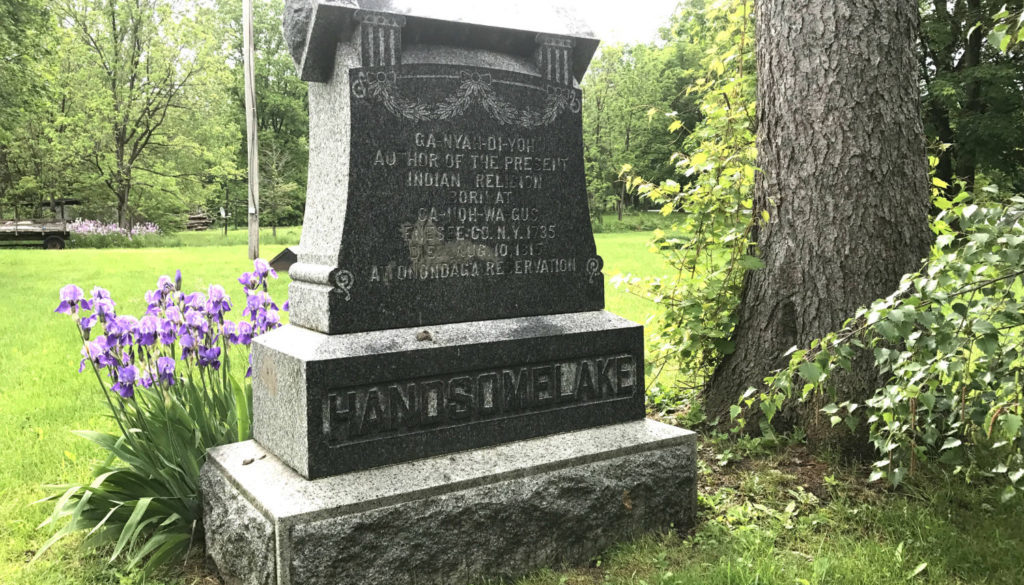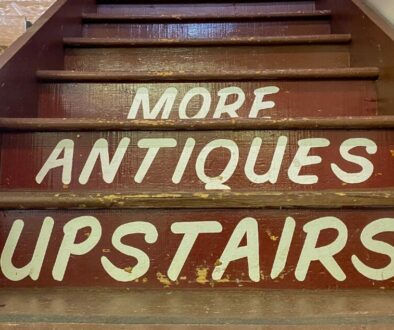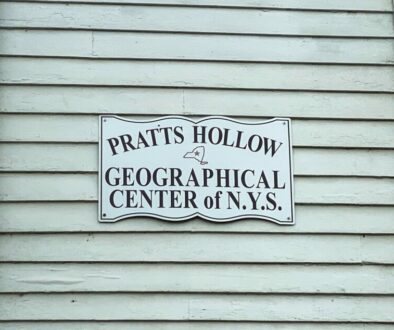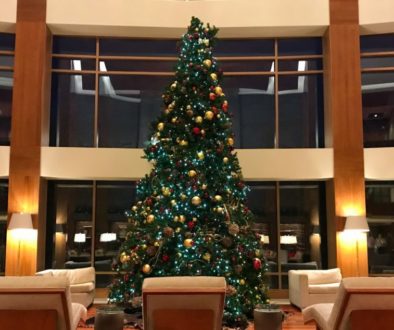The Life and Legacy of Handsome Lake
The story of Handsome Lake and his spiritual impact in the Finger Lakes Region.
by Chris Clemens
Most of our explorations of the Burned Over District have been to places offering first hand experiences with a belief system. Of course, not every stop has included a mass or service. For the most part, we’ve been able to visit a physical place to help learn more about the ideologies.
We’ve always wanted the opportunity to more deeply explore the beliefs of those who called this region home, prior to the introduction of European cultures.
There are a few road blocks to applying the same methods for learning about Native American spirituality that we have used for all of the other beliefs you’ve read about here. Still, the story of Handsome Lake and his impact is far too important to leave off the queue.
It’s Complicated
One of the reasons we found it tough was that many Iroquois beliefs aren’t confined to a space. While most religions have a place of worship they consider sacred, the Iroquois found sacred importance in literally every space. A spiritual ceremony doesn’t have to take place in a particular spot, because the Earth itself is sacred.
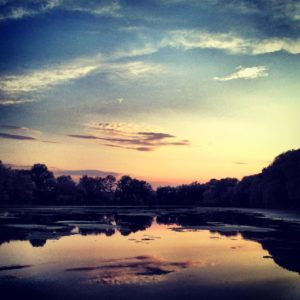
Another complication is that the Iroquois, or Haudenosaunee (People of the Long House) is a band of tribes. The initial agreement included the Mohawks, Oneidas, Onondagas, Cayugas, and Senecas. Later the Tuscaroras would also join.
Each tribe had customs and practices and sometimes merging those didn’t go smoothly. So, there’s no one particular spiritual practice consistent among the Iroquois. Adding to that complication is the decentralization of native culture–the result of European colonization.
Today, about two thirds of the estimated 125,000 Iroquois live in the United States and the remaining population in Canada. Together they comprise the oldest living participatory democracy on Earth.
Indeed, sharing stories of exploring the history here could be a project in itself. For today though, the story of one Seneca man, Handsome Lake is one that we wanted to learn more of.
A Prophet Is Born In The Finger Lakes
Handsome Lake, or Ganioda’yo, was born in 1735 in the Seneca village of Conewaugus (presently near Avon, New York).
During his early life, the Six Nations were experiencing a tumultuous upheaval in their way of life. A constant battle ensued with Europeans wanting land, and Senecas were constantly relocating their families.
Handsome Lake’s heritage lies with a rather noteworthy family of Seneca Indians. He is the half-brother of Cornplanter, who was a Seneca war chief who fought alongside the British in the American Revolution. Handsome Lake’s nephew was the famed Red Jacket, the Six Nations representative at the Treaty of Canandaigua. Red Jacket was influential in helping secure lands for the Seneca after America won the war.
The constant flux of relocation and rebuilding of community caused some erosion within the once powerful and centralized Senecas. As things got tougher, financial hardships set in and many within the community turned to alcohol for comfort. Handsome Lake was one of those who turned to alcohol for respite.
Handsome Lake Has A Vision
One late night in 1799, Handsome Lake was fighting a bout of illness caused by his own alcoholism. Amidst a deep dream, he was visited by three spiritual messengers. He later shared that the messengers warned him that alcohol would ruin him and his people if they continued. He was told of witches within the tribe that were there to create chaos and needed to repent. They urged him within his dreamstate to warn his people of these dangers, as well.
When he awoke, Handsome Lake did indeed stop drinking and began to carry the message of Gai’wiio’ (the “Good Word”).
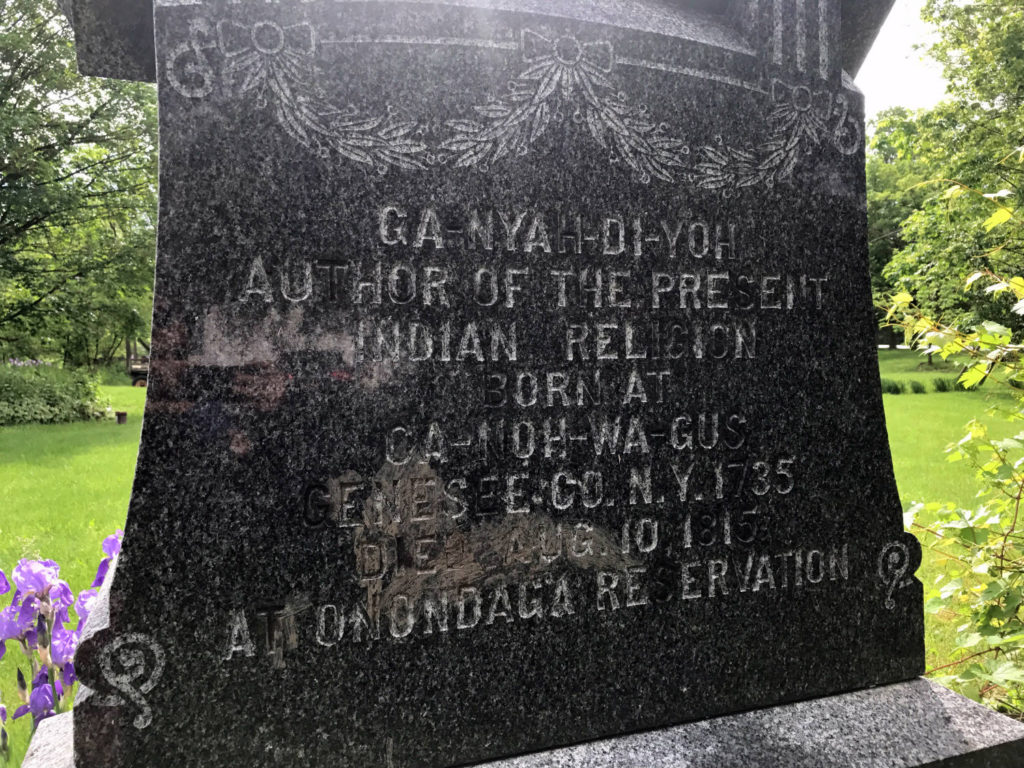
Gaining Followers
His dreamstate visions didn’t end, though. Members of the tribe listened to his stories they began to see the positive changes in Handsome Lake’s life. He soon had followers seeking his wisdom, which inspired a more organized set of guidelines. The set of visions gave birth to what is now known as the Code of Handsome Lake. The code outlawed drunkenness, witchcraft, sexual promiscuity, domestic violence and quarreling.
In many ways, Handsome Lake’s Code adopted concepts from both traditional Iroquois beliefs and Christian values brought by Europeans.
The Code was so widely recognized as an effective tool for bridging two communities of people, it caught the attention of President Thomas Jefferson. He crafted a letter in 1802 to the Six Nation people citing the virtues of Handsome Lake’s way of life. The move gave credence to Handsome Lake’s teachings in both the Iroquois community as well as the incoming settlers to America.
To date, each religious chief of the Six Nations maintains a copy of that letter. It reads:
Brothers–The President is pleased with seeing you all in good health, after so long a journey, and he rejoices in his heart that one of your own people has been employed to make yon sober, good and happy; and that he is so well disposed to give you good advice, and to set before you so good examples.
Brothers–If all the red people follow the advice of your friend and teacher, the Handsome Lake, and in future will be sober, honest, industrious and good, there can be no doubt but the Great Spirit will take care of you and make you happy.
Handsome Lake’s Code
Throughout time, the Iroquois grew somewhat divided over how to practice religion and apply guidelines for living.
Some felt they should maintain more traditional beliefs found at the core of their culture. Others instead acclimated to more of a western concept of spirituality.
Even still, many adopted Handsome Lake’s new ideas which would later develop into the Longhouse Religion. His thought in maintaining the concept of the longhouse within the culture of spirituality was to offset the division created by single family dwellings and maintain a sense of community among the Six Nations.

A Legacy, Forever
At the time of his death in 1815, many regarded Handsome Lake as a savior. He passed at home and among his followers. Handsome Lake is buried on the Onondaga Reservation in Central New York with a granite stone that marks his final resting place.
After his death, six representatives were chosen to protect and share the Gai-wiio’ among the community. Though the Code of Handsome Lake was published somewhere around 1850, the tradition of sharing within the community by the six elders continues.
Today, thousands of followers of the Longhouse Religion continue to practice a way of life in the same manner that Handsome Lake instructed over 200 years ago.
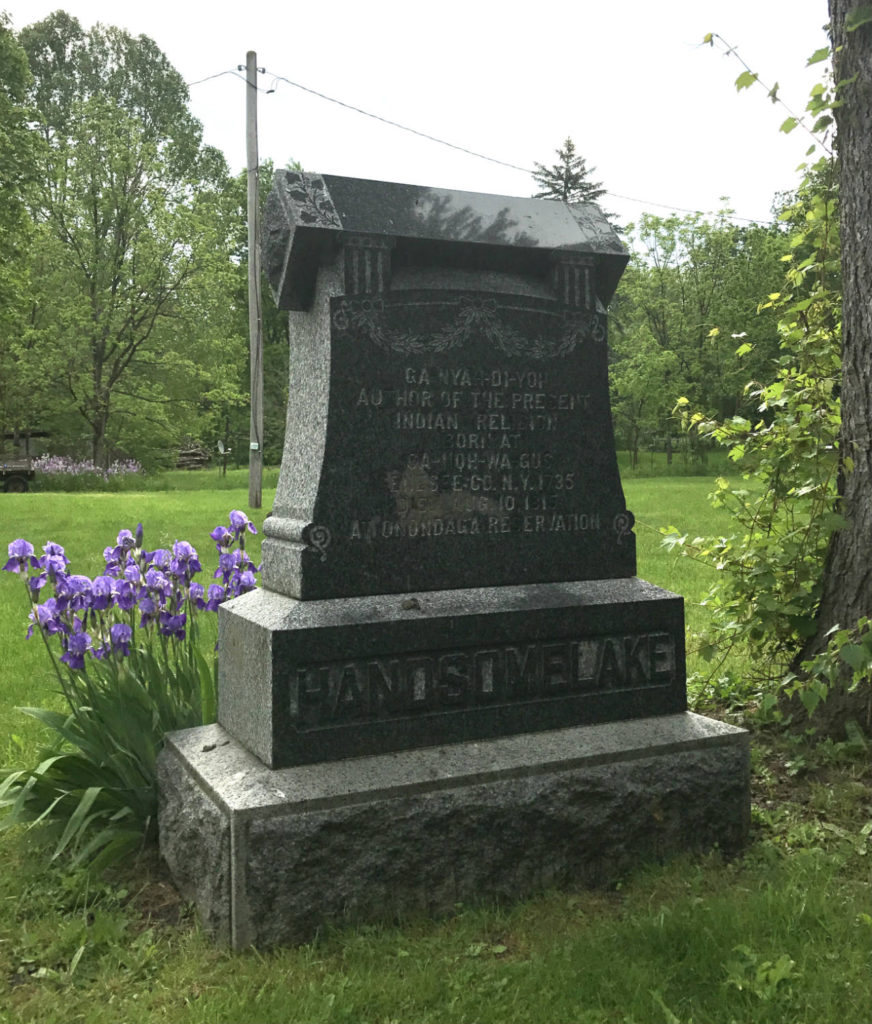
*This post previously appeared on www.ExploringTheBurnedOverDistrict.com*
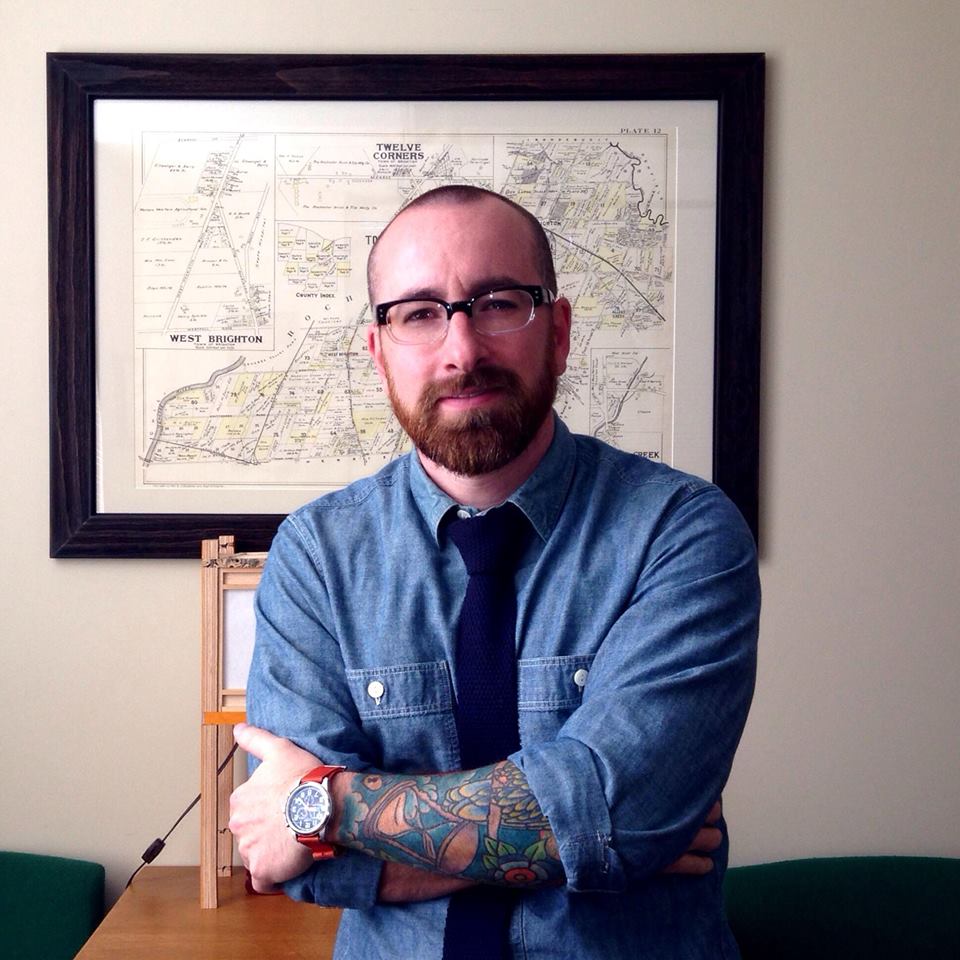
Chris Clemens is the Founder/Publisher of Exploring Upstate. From his hometown in Rochester, he spends as much time as possible connecting with the history, culture, and places that make Upstate New York a land of discovery. Follow him on Twitter at @cpclemens

